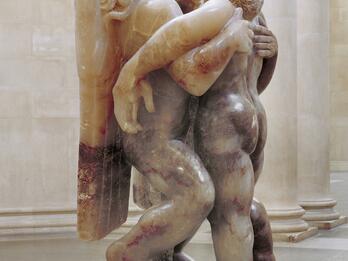Figures in the Nisko Camp, Poland
Leo Haas
1939
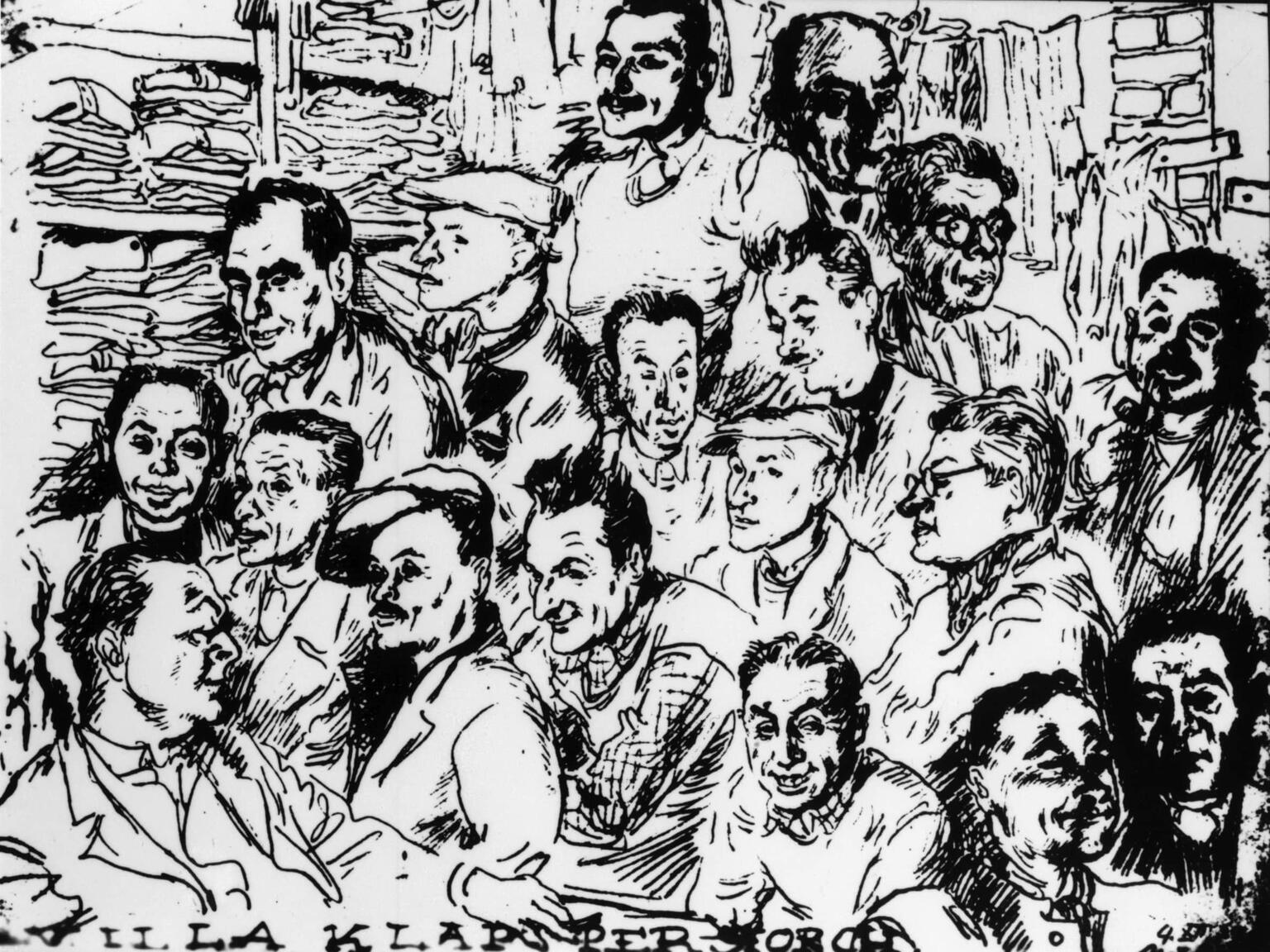
Creator Bio
Leo Haas
The Slovak artist Leo Haas created numerous drawings documenting life under Nazi oppression during World War II. Hass trained at German art academies in Karlsruhe and Berlin and worked as an illustrator and caricaturist in Vienna before returning to Czechoslovakia to open his own atelier. Soon after, in 1939 Haas was deported to the labor camp in Nisko and a few years later to Terezín, where he made clandestine drawings of the realities of the Holocaust. Upon the discovery of his drawings, Haas was sent to Auschwitz, Sachsenhausen, and Mauthausen, where he continued his subversive work. In 1955 Haas moved to East Berlin, where he worked as a set designer for the state film and television companies.
Related Guide
Visual and Material Culture in the Mid-Twentieth Century
Jewish visual art flourished and diversified in the postwar period, reflecting the social and political transformations taking place in the world.
You may also like
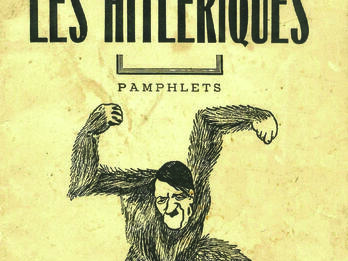
Les Hitlériques, cover
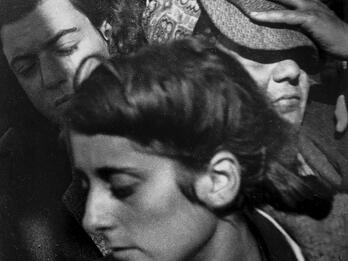
Immigrants aboard the Parita Ship
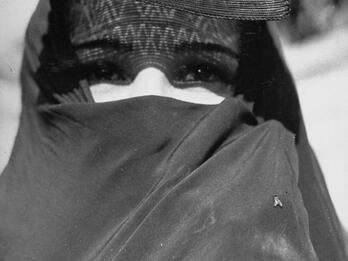
Muslim Woman in Veil
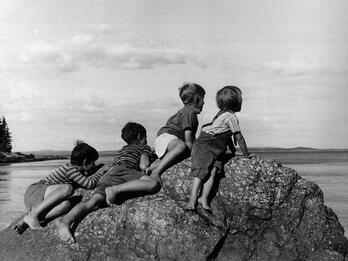
Great Spruce Head Island
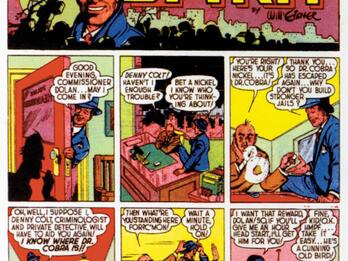
“The Spirit,” June 2, 1940
